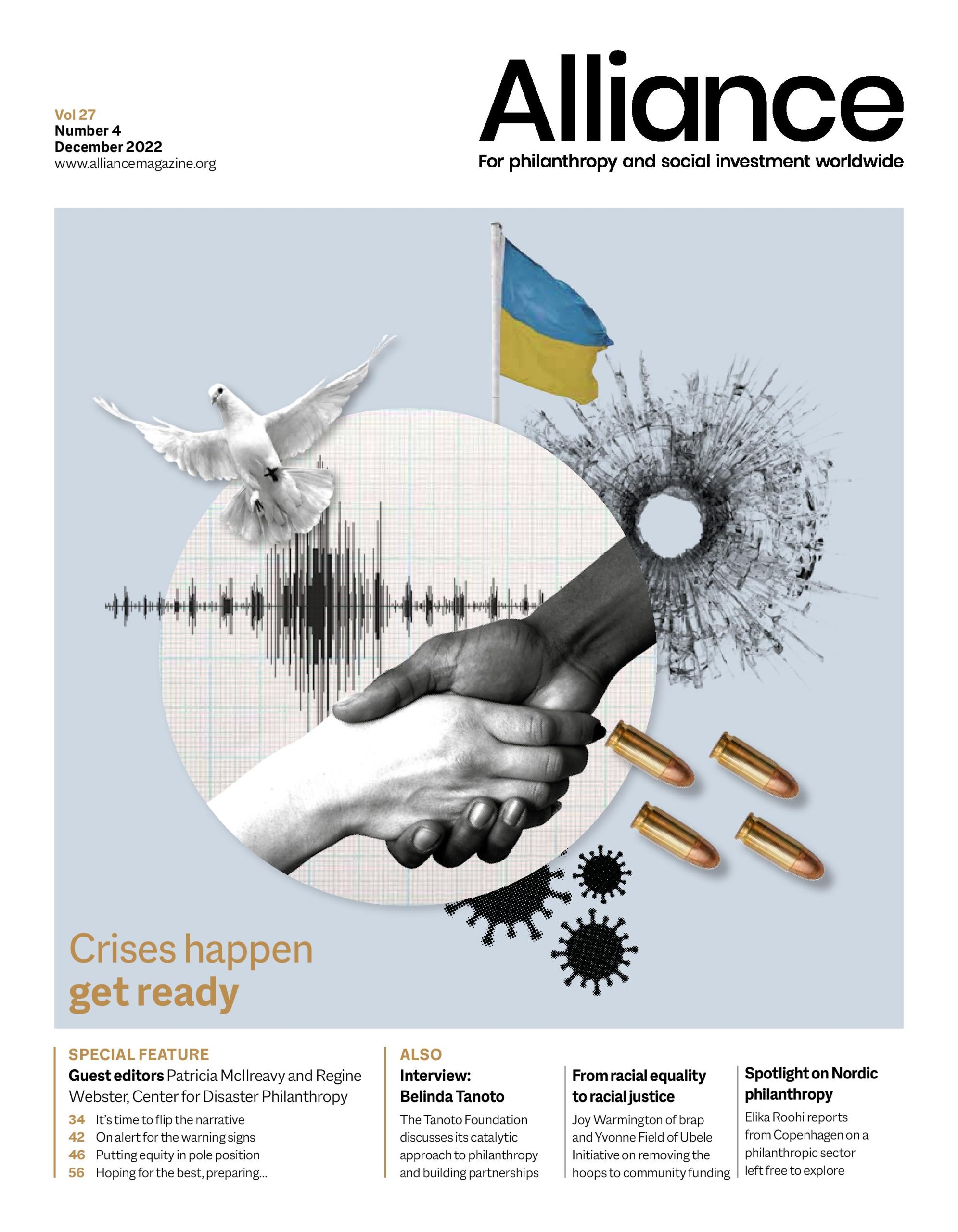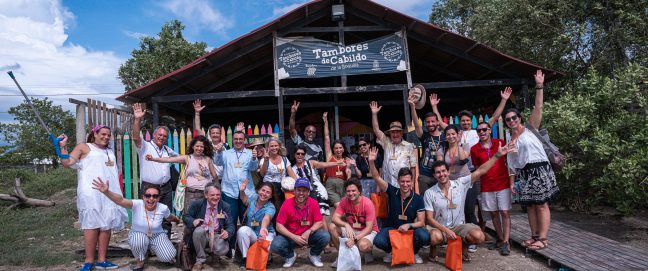To fully leverage the generosity of philanthropists across the US, an effective philanthropic response to international disasters depends on making long-term, meaningful commitments to build resilience in charities and communities worldwide
Increasingly, individual donors, foundations and corporations in the US are responding to sudden needs caused by disasters and crises by opening their wallets and giving to support relief efforts. This became a strong trend during Covid-19. In a CAF America-administered survey of 73 Fortune 100 and 500 companies in August 2020, 97 per cent of respondents confirmed that their philanthropic strategies shifted because of the pandemic. More recently, we have seen our donors build on their work responding to Covid to address recent climate-based disasters: relief for the flooding in Pakistan, grants for organisations combating the drought-driven food crisis in the Horn of Africa, and most recently the devastation caused by Hurricane Ian in southeast Florida.
 Mobile homes destroyed by Hurricane Ian in Fort Myers, Florida. Credit: Felix Mizioznikov/Shutterstock
Mobile homes destroyed by Hurricane Ian in Fort Myers, Florida. Credit: Felix Mizioznikov/Shutterstock
Overall, the strengthening of donor responses to disasters around the world has been a bold statement of our country’s philanthropic values; however, on the whole they remain reactive and remedial. In many cases the lack of preparation or strategy for disaster philanthropy leads to rushed responses that consume huge amounts of resources. And as the risk of natural disasters increases due to global warming, we cannot afford to be solely reactive in the face of imminently predictable crises. A more proactive, strategic approach is required to meet the future needs of vulnerable people around the world. This type of philanthropic planning rests on three core principles: choosing place-based grantmaking; making a long-term commitment; and investing in resilience.
Subscribe now from only £45 a year!
This article is only available for our subscribers
Existing users can login here





